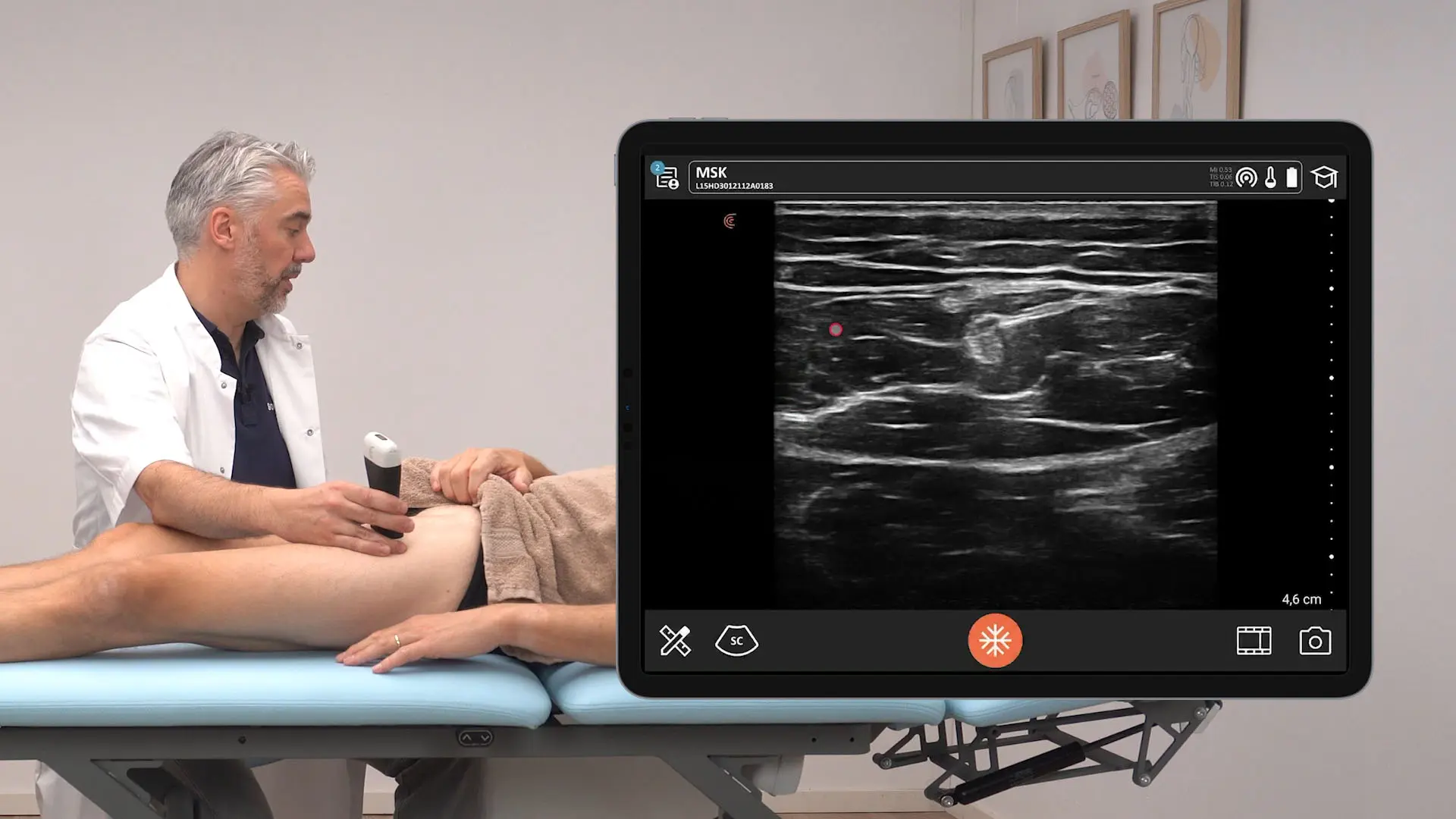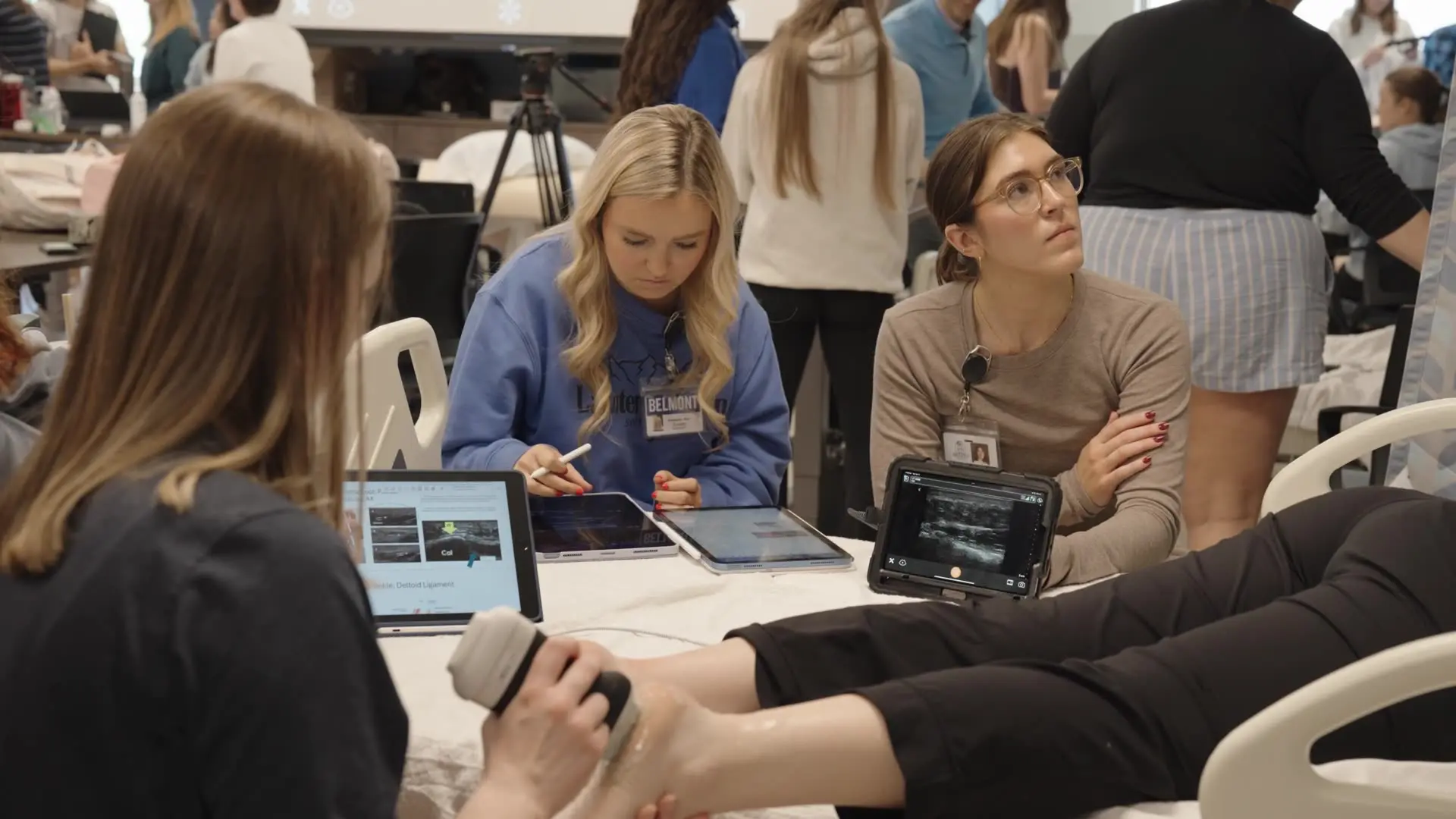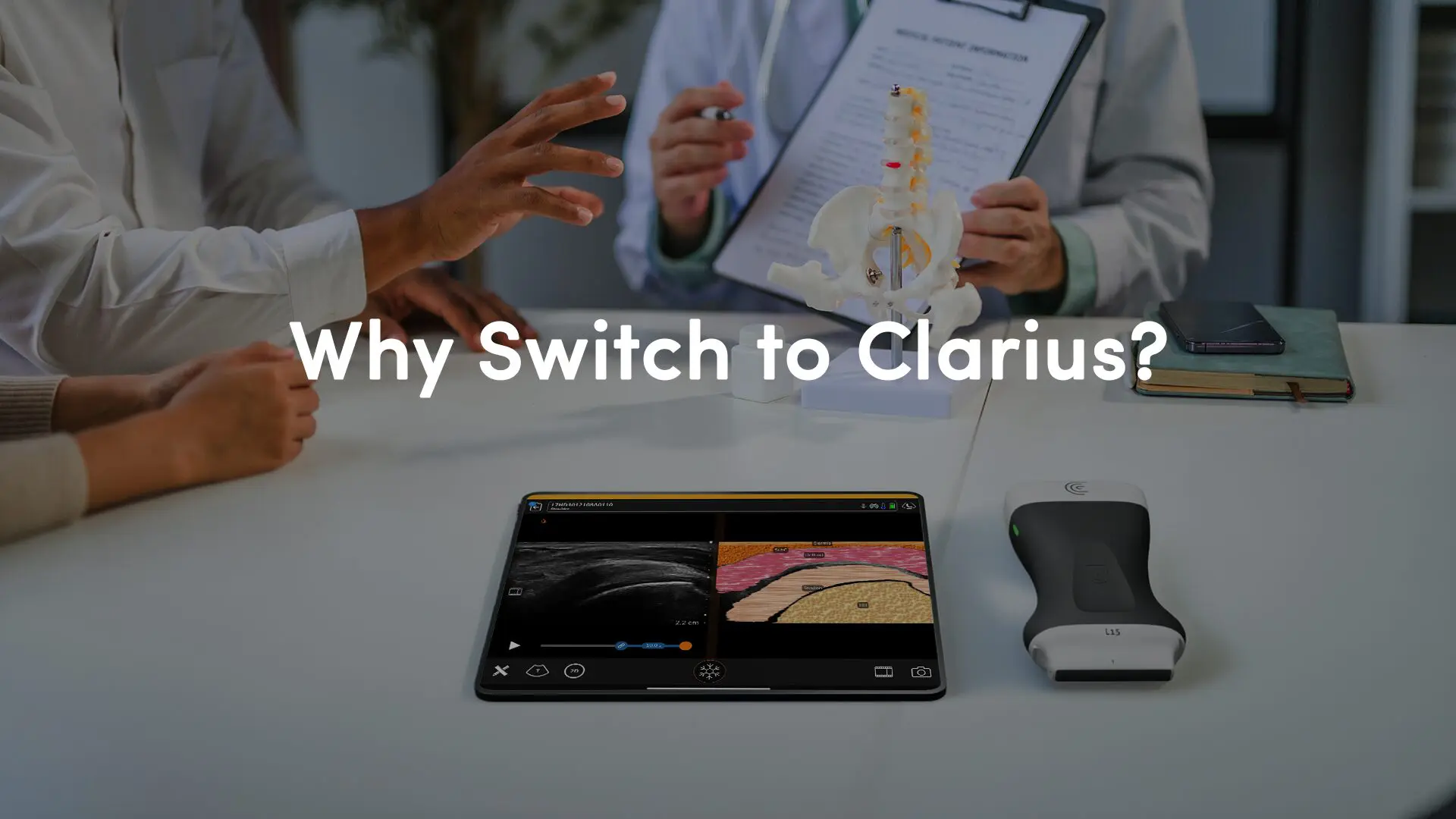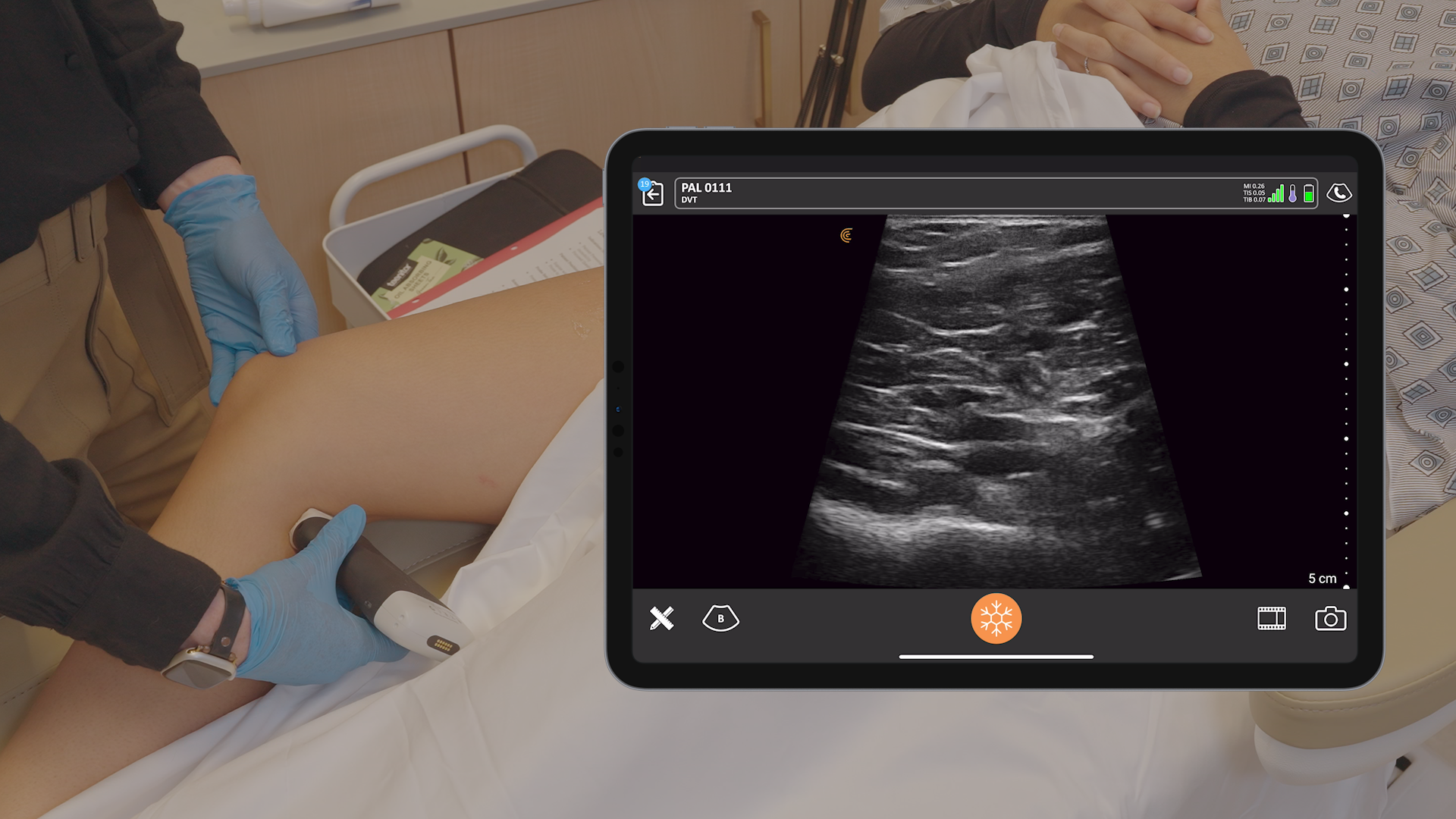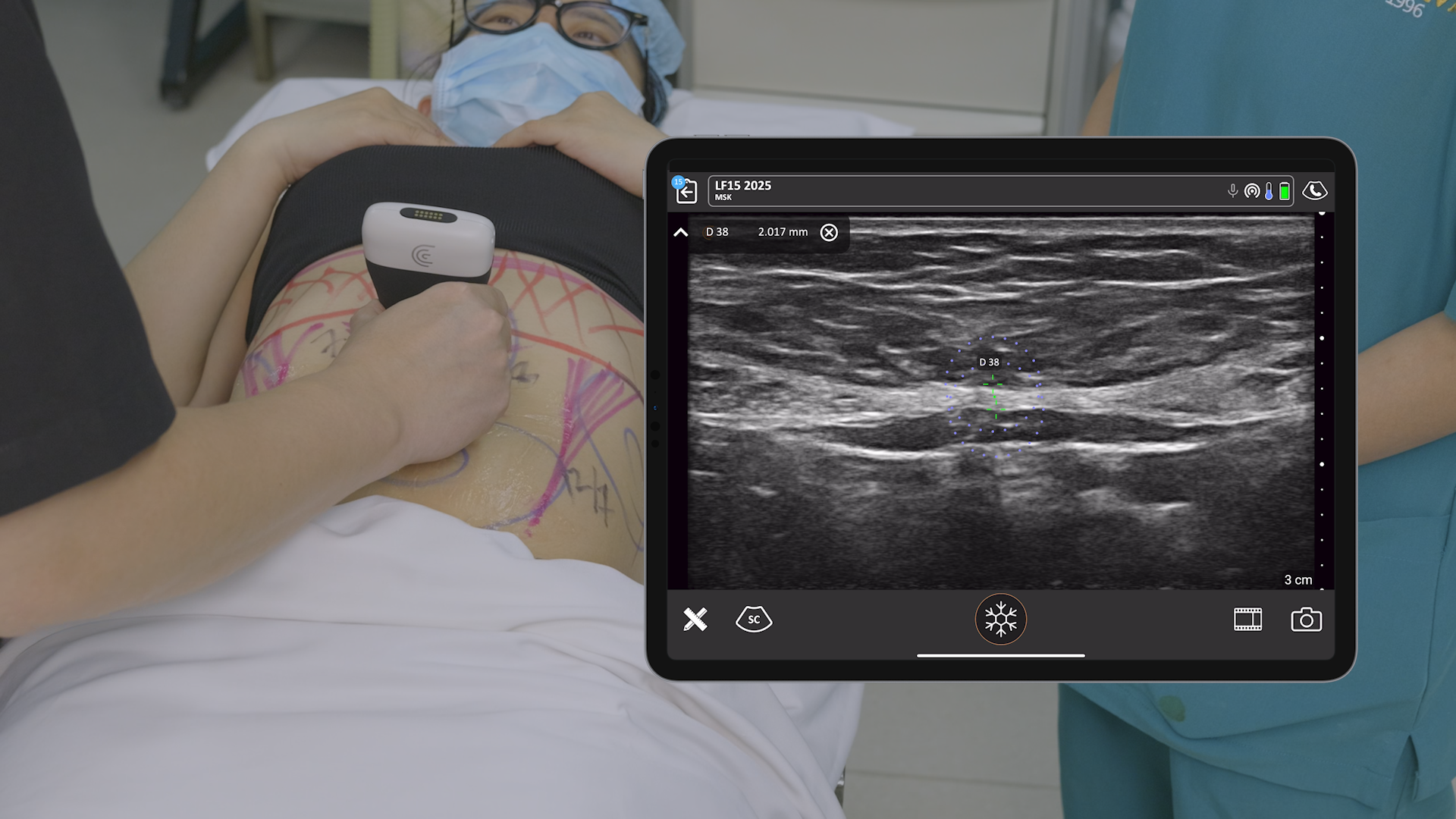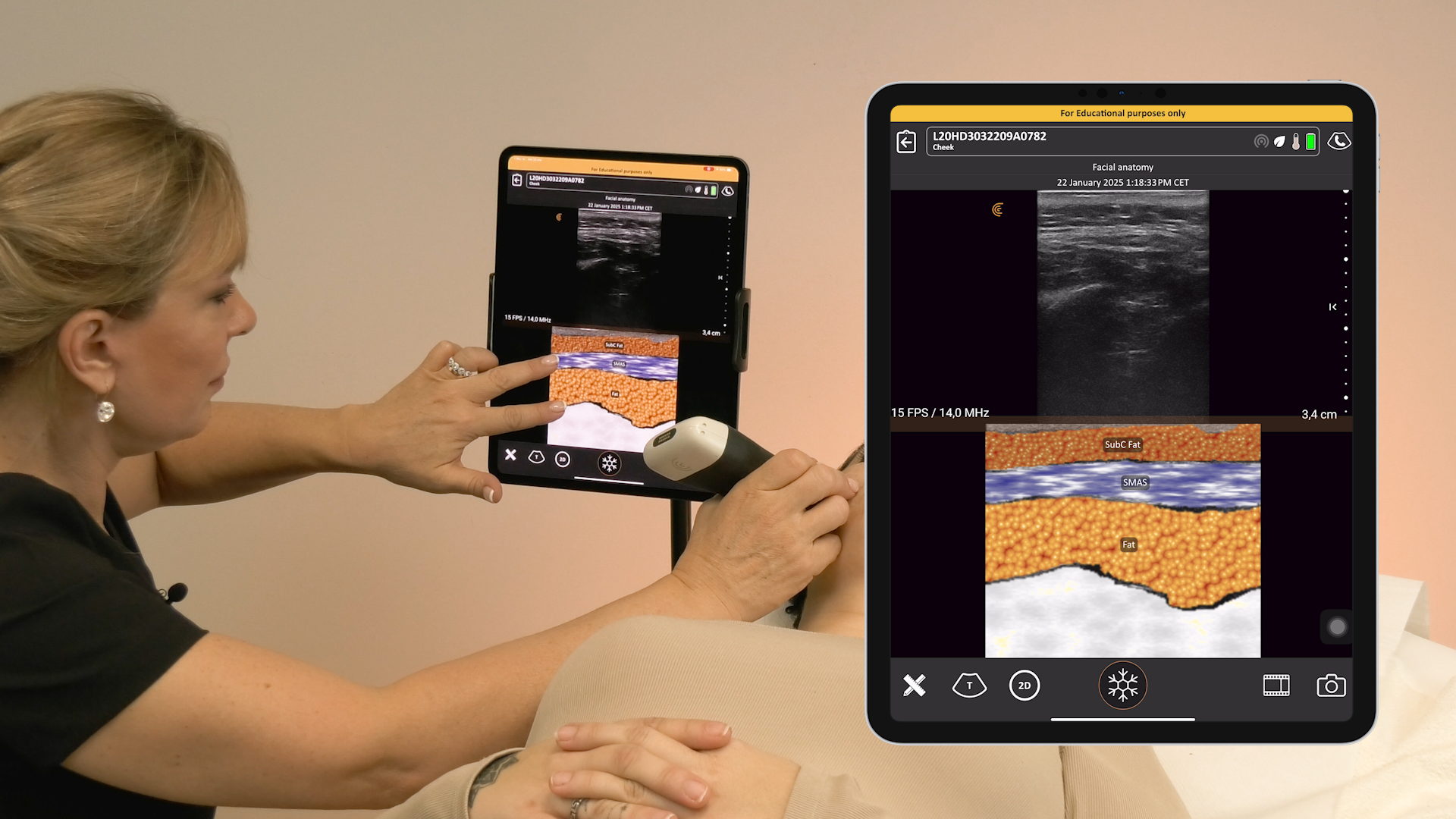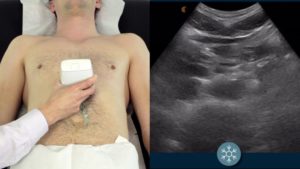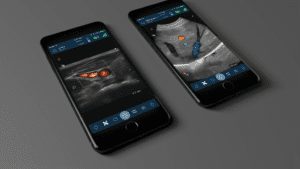Many of our users post their use cases on Clarius Cases. The example discussed and shown below was posted by Dr. Ruth Maher, Assistant Professor, School of Pharmacy and Health Professions at Creighton University.
A number of recent studies have relied on transabdominal ultrasound (TAUS) to observe the functioning of abdominal muscles and to measure if pelvic floor muscle (PFM) exercises are performed correctly. Pelvic floor function can be examined through ultrasound by observing bladder movement at the bladder base and bladder neck.
TAUS is also useful for assessing bladder base movement during an abdominal curl up exercise. Certain activities, such as abdominal curl ups, are cited to increase intra-abdominal pressure, potentially provoking stress urinary incontinence.
Recently, a group of Doctor of Physical Therapy Students at Creighton University saw first hand the benefits of using TAUS to teach pelvic floor exercises. The cine loop below, courtesy of Dr. Ruth Maher, shows the effect of laughing on the bladder. As intra abdominal pressure increases, the bladder is displaced caudally. In an individual with stress urinary incontinence this could cause urinary leakage.
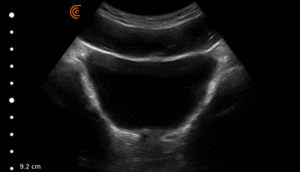
The cine loop also shows a person attempting “the knack” (a voluntary contraction performed prior to a cough or sneeze). This contraction can prevent urinary leakage. The knack is also used as a urge suppression technique with urge incontinence.
